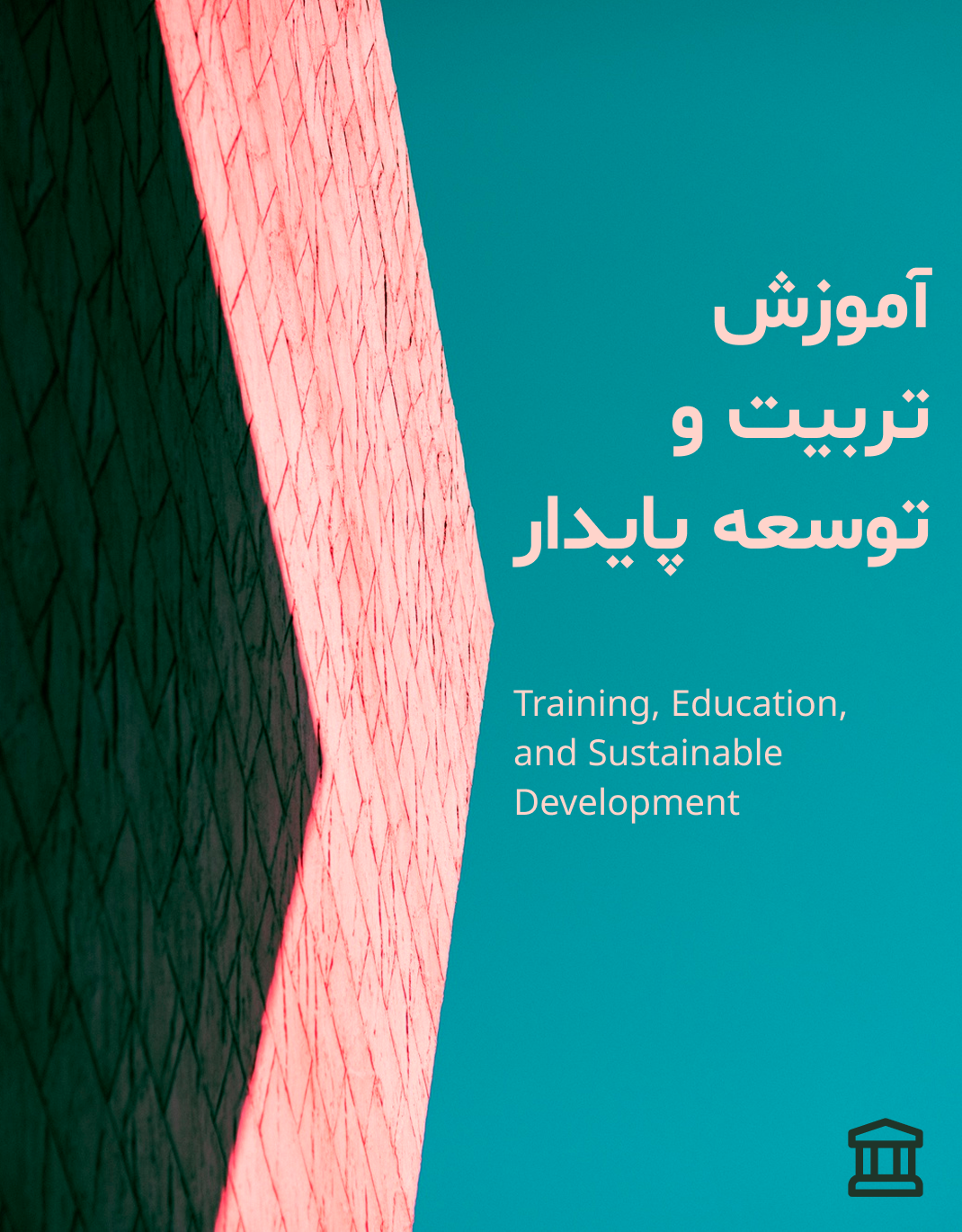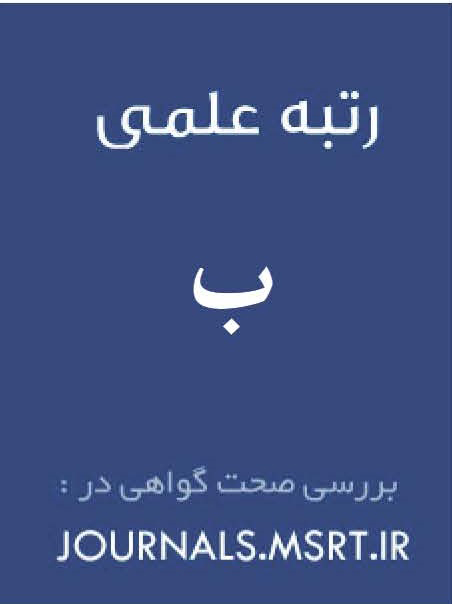Strategic Analysis of Digital Literacy Education for Advancing Educational Equity
Keywords:
Digital literacy, educational equity, thematic analysis, e-learning, digital divide, teacher empowermentAbstract
This study aims to identify and analyze strategies for digital literacy education that contribute to achieving educational equity in Iran’s formal education system. This qualitative study employed thematic analysis. Data were collected through 23 semi-structured interviews with digital education experts, educational policymakers, and experienced teachers in Tehran. Participants were selected via purposive sampling, and data collection continued until theoretical saturation was reached. NVivo software was used for data analysis. The analysis revealed three major categories: “Policy and Strategic Planning,” “School and Teacher Empowerment,” and “Learner Support.” Subcategories included equity-oriented policy development, strategic monitoring systems, teacher digital skills training, school infrastructure provision, psychological support for teachers, equal access for students, localized educational content development, and promotion of self-directed learning. Participants’ quotes illustrated a significant gap between the ideal and current states of digital equity in education. Strategic analysis of digital literacy education underscores that achieving educational equity requires integrated policymaking, intersectoral cooperation, teacher empowerment, and targeted learner support. These findings offer practical insights for policymakers in designing inclusive and equitable digital education strategies.
Downloads
References
Erstad, O., & Amdam, S. (2013). From protection to public participation: Configurations of digital literacy in the Nordic countries. Media International Australia, 146(1), 103-112.
Ghaffari, S., Ebrahimi, M., & Ranjbaran, A. (2022). Equity and access to online education in Iran: Lessons from the COVID-19 pandemic. Iranian Journal of Educational Sociology, 5(2), 85-98.
Livingstone, S., Mascheroni, G., & Staksrud, E. (2017). European research on children’s internet use: Assessing the past and anticipating the future. New Media & Society, 19(5), 699–716.
Ng, W. (2012). Can we teach digital natives digital literacy? Computers & Education, 59(3), 1065–1078.
Ragnedda, M., & Muschert, G. W. (2018). Theorizing digital divides. Routledge.
Selwyn, N. (2016). Education and technology: Key issues and debates (2nd ed.). Bloomsbury Publishing.
van Dijk, J. A. (2020). The Digital Divide. Polity Press.
Downloads
Published
Submitted
Revised
Accepted
Issue
Section
License

This work is licensed under a Creative Commons Attribution-NonCommercial 4.0 International License.

